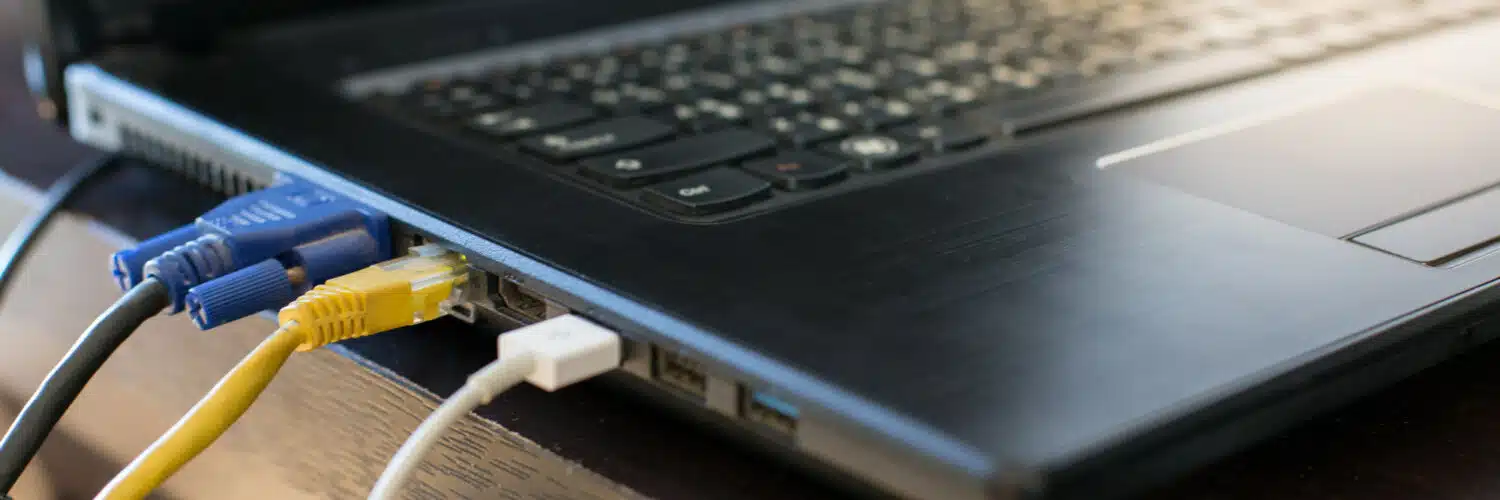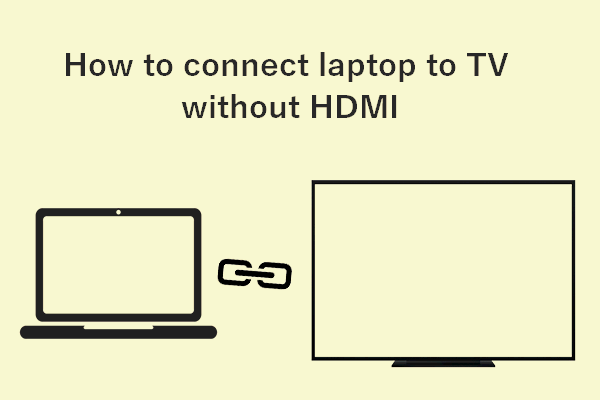Table of Contents
How To Connect Laptop To Monitor Without HDMI?
How To Connect Laptop To Monitor Without HDMI? Connecting a laptop to an external monitor is an easy way to get more work done on a larger screen. Just make sure you have the right cables and adapters.
Then, choose whether to extend or duplicate your laptop display on the external monitor (or TV). You can do this from the Display Settings window on Windows and System Preferences on Mac.
1. HDMI to VGA Adapter:
Adding a monitor to your laptop is a great way to increase productivity and have more screen real estate for your windows. While HDMI is the most common kind of video connection, there are also other options, including USB-C, VGA, and DisplayPort. To connect your laptop to a monitor without HDMI, you’ll need the right kind of cable and adapter.
HDMI is a digital signal, so it’s not compatible with the older analog VGA connections on most monitors. You’ll need an HDMI to VGA adapter that converts the digital signal into an analog one. This adapter is usually the size of your thumb and has one side that plugs into your computer’s HDMI port, and the other that fits into a VGA input.
These are available at many electronics stores and online. The key is to get the right kind of cable, which must support the resolution and refresh rate of your monitor. If you need more power than what your laptop’s HDMI output can provide, look for a professional-grade active HDMI to VGA converter that gets its external power source, rather than using the computer’s internal power supply.
Once you’ve connected the cables, check that the monitor is displaying an extended or mirrored desktop on its screen. If not, open the monitor’s OSD (On-Screen Display) or source selection menu to find the correct setting.
2. USB-C to HDMI Adapter:
There are many different types of USB-C to HDMI adapters and cables available. You can find them anywhere electronics are sold and they’re quite inexpensive. Determine what type of video ports both your laptop and monitor have and then get the appropriate adapter. The most common are HDMI and DisplayPort. Some older laptops may have VGA or DVI ports as well but these are less common.
HDMI is a high-definition AV cable that can connect to a Monitor, TV screen, or other device. The USB-C to HDMI adapter enables you to connect your laptop with an external display. You simply plug the USB-C end of the adapter into a USB-C port on your computer and the HDMI end of the adapter into an HDMI port on the monitor, TV, or other device.
You need a USB-C to HDMI cable that supports the resolution you want to use on the external display. The most common resolution for a laptop is 1080p, which is ideal for most laptops and HDTVs.
The cable you choose will also need to be the right length. Generally, a cable with one end attached to the USB-C adapter and the other end connected to the HDMI adapter is best. However, some of the newer cables have HDMI on both ends, which is even more convenient.
3. USB-C to VGA Adapter:
If your laptop doesn’t have HDMI, you can use a USB-C to VGA adapter to connect to an external monitor. VGA is a legacy video standard, but it’s still supported by many older screens. Simply connect the adapter to your laptop’s USB-C port, then plug a VGA cable into the adapter and the monitor. Then, set your laptop’s display settings to either duplicate or extend the desktop onto the monitor.
USB-C is a versatile connector that can support many different video standards, including HDMI and DisplayPort. However, to achieve the highest possible data transfer rates, you’ll need a cable or adapter that supports those specific formats.
This USB-C to VGA adapter from IOGEAR is the perfect solution for connecting your laptop to a legacy projector or monitor. It uses the reversible USB-C port on your laptop to output a high-definition VGA signal, making it compatible with any USB-C device with a legacy VGA port (including MacBooks). Plus, the adapter is plug-and-play, so there’s no need for complicated software or drivers.
4. VGA to HDMI Adapter:
The VGA to HDMI adapter connects your laptop’s VGA output port to a monitor or projector with an HDMI input. This adapter converts the analog video signal from your computer to digital HDMI, supporting up to 1080p resolution. The compact design makes it easy to carry and store. Use it to enjoy movies on a home projector, expand your workspace with a second monitor, or present at work.
If your laptop doesn’t have HDMI, but it does have a DisplayPort (DP) port, you can use a DP to HDMI cable to extend your desktop to an external monitor. To do this, plug the male-to-male DP cable into your laptop’s DP output port and the female-to-male HDMI cable into your external monitor’s DP input port.
Make sure your external monitor is set to show the same display as your laptop. You can do this by using the monitor’s Source button if it has one, or by opening its OSD menu to find and select the input source that matches the port you connected your laptop to.
Once you’re done, you can adjust your laptop’s display settings to make the most of your dual-screen setup. You can also test your connection by moving windows between the two screens. While HDMI is the most common kind of video connection, alternative ports and adapters offer flexibility for diverse setups.






Add comment